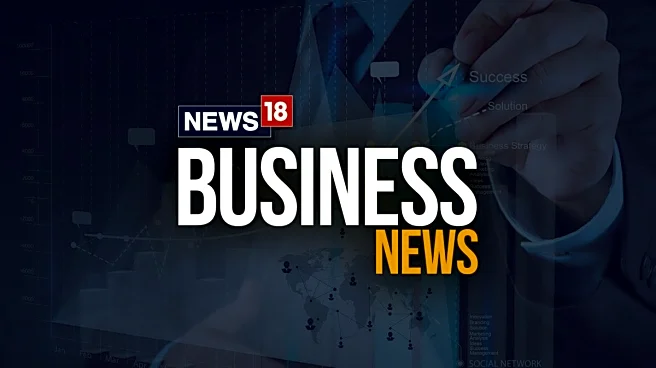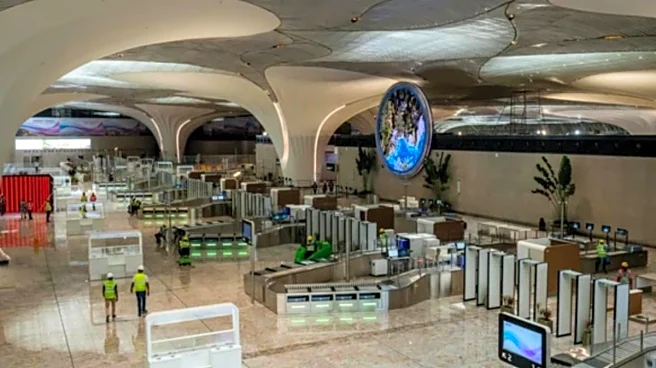What is the story about?
Mumbai's first fully underground metro corridor, the Aqua Line (Metro 3), witnessed a ridership of 97,846 until 6 pm on its first day of operations, marking a strong start following the inauguration of its final stretch from Acharya Atre Chowk to Cuffe Parade. Services will run until 10.30 pm tonight, which means the ridership would cross the 1 lakh mark on day 1.
Ridership on Thursday (October 9) far surpassed the opening-day numbers seen in previous phases of the project — the first phase (Aarey to BKC), which recorded 18,015 commuters in October 2024, and the second phase (to Worli), which saw 32,791 riders on Day 1 on May 10, 2025.
With the launch of Phase 2B, the entire 33.5-km corridor from Aarey JVLR to Cuffe Parade is now operational, connecting North and South Mumbai through an underground network for the first time.
Also read | Mumbai One app goes live: One QR ticket works across Metro, buses, trains, Monorail
Mumbai’s first fully underground metro, Line 3 is being hailed as one of India’s most complex and ambitious urban infrastructure projects. Built at a total cost of ₹37,276 crore, the line features 27 stations — 26 underground and one at above ground -- and has a design speed of 95 kmph.
The newly inaugurated 10.99 km Phase 2B section, constructed at a cost of ₹12,195 crore, comprises 11 underground stations. It offers direct connectivity to key government and financial hubs including Mantralaya, Bombay High Court, RBI, BSE, Nariman Point, and the Fort business district. The Metro 3 corridor is expected to cut travel time between Aarey JVLR and Cuffe Parade to about one hour, as against an estimated time of about two hours by road. The Worli to Cuffe Parade stretch can be covered in 15 minutes.
The line also integrates with major rail terminals — CSMT, Mumbai Central, and Churchgate — providing much-needed multimodal connectivity.
Authorities estimate it will help reduce suburban rail load by 15%, easing congestion across the city.
The underground metro also promises smoother access to over 30 educational institutions, 13 hospitals, and 30 recreational facilities, while connecting areas such as Kalbadevi, Girgaon, Worli, and the Airport, which previously lacked suburban rail connectivity.
Engineering excellence
The Mumbai Metro Line 3 project set multiple records during construction, notably, the simultaneous deployment of 17 tunnel boring machines (TBMs), the highest number ever used for an urban infrastructure project in India.
Ridership on Thursday (October 9) far surpassed the opening-day numbers seen in previous phases of the project — the first phase (Aarey to BKC), which recorded 18,015 commuters in October 2024, and the second phase (to Worli), which saw 32,791 riders on Day 1 on May 10, 2025.
With the launch of Phase 2B, the entire 33.5-km corridor from Aarey JVLR to Cuffe Parade is now operational, connecting North and South Mumbai through an underground network for the first time.
Also read | Mumbai One app goes live: One QR ticket works across Metro, buses, trains, Monorail
Mumbai’s first fully underground metro, Line 3 is being hailed as one of India’s most complex and ambitious urban infrastructure projects. Built at a total cost of ₹37,276 crore, the line features 27 stations — 26 underground and one at above ground -- and has a design speed of 95 kmph.
The newly inaugurated 10.99 km Phase 2B section, constructed at a cost of ₹12,195 crore, comprises 11 underground stations. It offers direct connectivity to key government and financial hubs including Mantralaya, Bombay High Court, RBI, BSE, Nariman Point, and the Fort business district. The Metro 3 corridor is expected to cut travel time between Aarey JVLR and Cuffe Parade to about one hour, as against an estimated time of about two hours by road. The Worli to Cuffe Parade stretch can be covered in 15 minutes.
The line also integrates with major rail terminals — CSMT, Mumbai Central, and Churchgate — providing much-needed multimodal connectivity.
Authorities estimate it will help reduce suburban rail load by 15%, easing congestion across the city.
The underground metro also promises smoother access to over 30 educational institutions, 13 hospitals, and 30 recreational facilities, while connecting areas such as Kalbadevi, Girgaon, Worli, and the Airport, which previously lacked suburban rail connectivity.
Engineering excellence
The Mumbai Metro Line 3 project set multiple records during construction, notably, the simultaneous deployment of 17 tunnel boring machines (TBMs), the highest number ever used for an urban infrastructure project in India.
Do you find this article useful?
/images/ppid_59c68470-image-176002003272023985.webp)

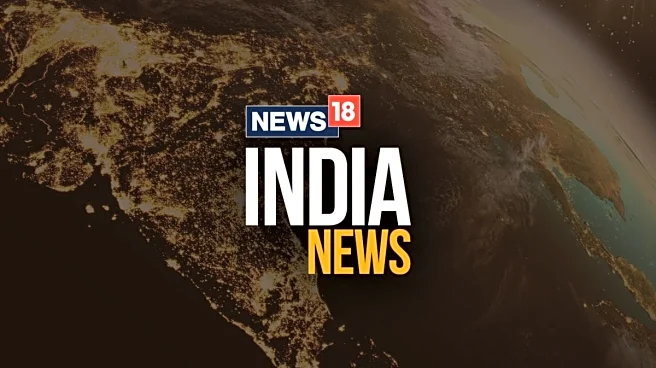
/images/ppid_59c68470-image-175985253844766644.webp)




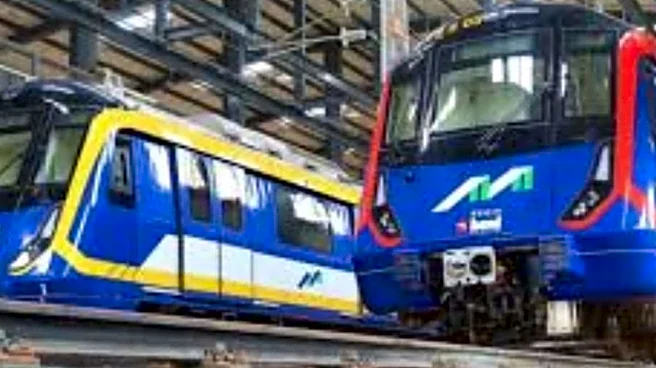

/images/ppid_a911dc6a-image-175984762833919490.webp)

/images/ppid_59c68470-image-175988008623028565.webp)
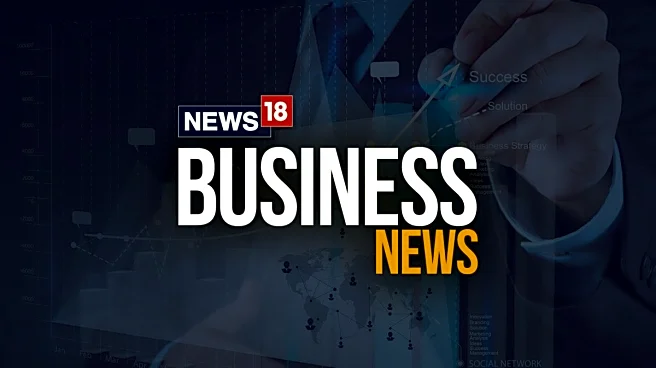
/images/ppid_a911dc6a-image-175984483034645513.webp)
